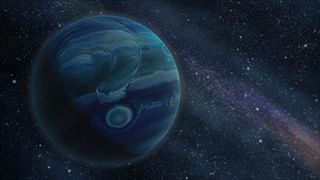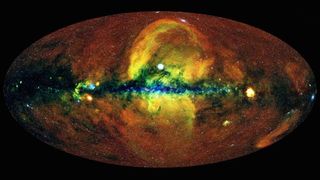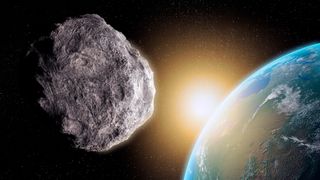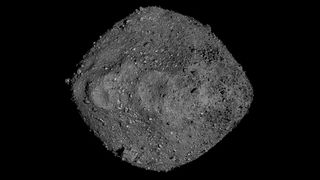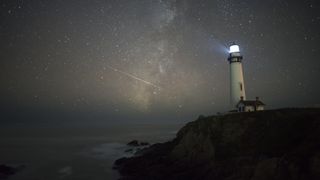Space
Explore Space
Editor's Picks
Latest about Space
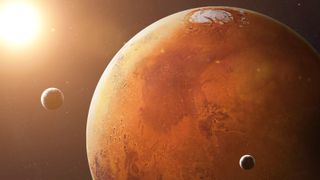
Tiny photosynthetic aliens could be lurking in hidden bubbles in Mars' ice — and could soon be replicated on Earth
By Harry Baker published
A new NASA-led study suggests that photosynthetic microbes could thrive in hidden bubbles of meltwater below patches of ice on Mars. This could be one of the easiest places to search for extraterrestrial life "anywhere in the universe," the team says.
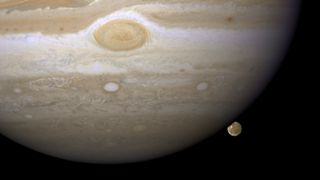
How many moons does Jupiter have?
By Joanna Thompson published
How many moons does Jupiter have? Scientists have discovered dozens of them, but the answer may be more complicated than it seems.
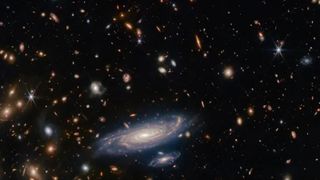
James Webb telescope discovers 'inside out galaxy' near the dawn of time
By Ben Turner published
A bright spiral galaxy appears on a background of thousands of other distant galaxies

'Lost in insignificance': Here's what it's like to rappel into the solar system's largest canyon
By John E. Moores, Jesse Rogerson published
"You wanted this moment to belong just to yourself and the landscape: sunset on the rim of Valles Marineris, the largest canyon in the solar system."

Space photo of the week: Webb telescope spies 'super star cluster'
By Jamie Carter published
Once blocked from view, the most massive young star cluster in the Milky Way has finally been revealed by the James Webb Space Telescope.
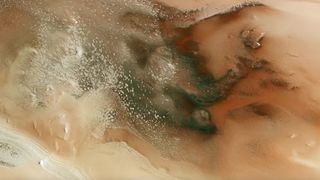
'Cryptic terrain' and dark dust surrounds Mars' icy south pole, new photos reveal
By Samantha Mathewson published
"Some of these features are surprisingly dark compared with their icy surroundings, earning their nickname of 'cryptic terrain.'"
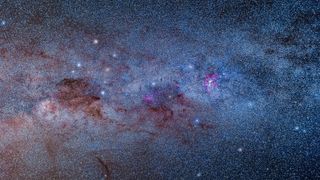
The Milky Way could be part of a much larger 'cosmic neighborhood' than we realized, challenging our understanding of the universe
By Harry Baker published
A probabilistic new map of the universe surrounding the Milky Way reveals that our galaxy is likely part of an even larger "basin of attraction" than we previously assumed.
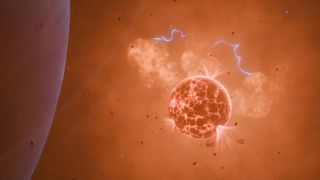
NASA finds signs of hellish, lava-covered 'exomoon' circling an alien world — and it could meet a 'destructive end'
By Harry Baker published
A new analysis of a peculiar metallic cloud surrounding the exoplanet WASP-49 b provides further evidence that it may have been birthed by a volcanic satellite, which may become the first officially recognized "exomoon."
Sign up for the Live Science daily newsletter now
Get the world’s most fascinating discoveries delivered straight to your inbox.
